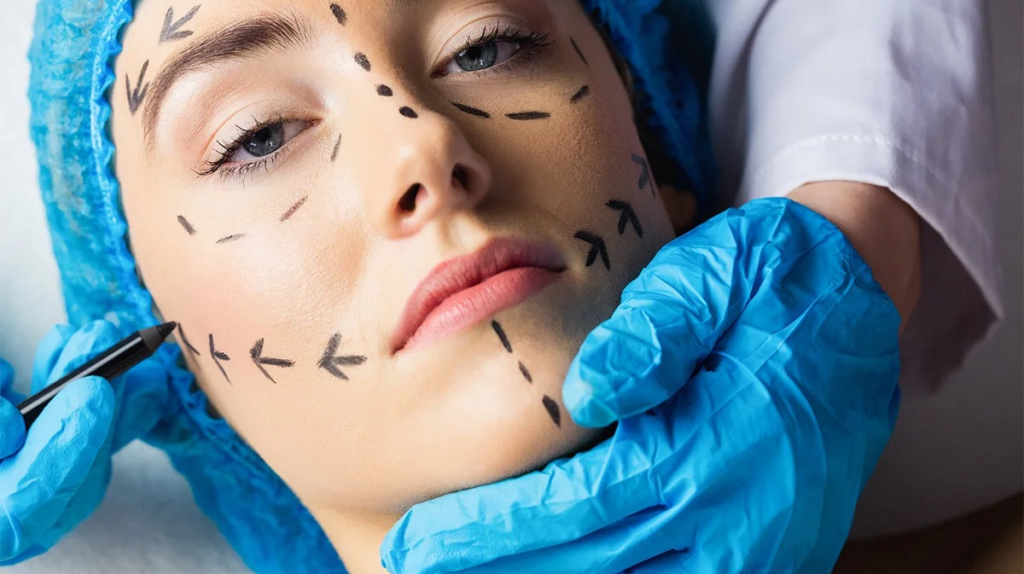Masculinizing surgeries encompass a range of procedures designed to alter a person’s body to align more closely with masculine ideals. These procedures are complex and require careful consideration, thorough medical evaluation, and a commitment to post-operative care. This article provides a technical overview of common masculinizing surgeries, outlining the procedures, recovery processes, and potential complications. It is crucial to remember that this information is for educational purposes only and should not substitute for consultation with a qualified medical professional.
Table of Contents
Defining Masculinizing Surgeries
Masculinizing surgeries, also known as male-typical surgeries or gender-affirming surgeries for transgender men, are a spectrum of surgical interventions aimed at achieving a more masculine physique. These procedures are highly individualized, tailored to meet the specific goals and preferences of each patient. The decision to undergo masculinizing surgery is deeply personal and should be made after careful consideration of the risks, benefits, and long-term implications. A thorough assessment by a qualified surgeon and a multidisciplinary team is essential to ensure patient safety and optimal outcomes.
These surgeries are not merely cosmetic; they are often integral to a person’s gender affirmation and overall well-being. The psychological impact of achieving a more congruent body image can be profound, contributing to improved self-esteem and mental health. However, it’s crucial to recognize that the physical changes achieved through surgery do not automatically guarantee complete gender affirmation or resolve all psychological challenges. Ongoing support from mental health professionals is often recommended.
The selection of specific procedures depends on various factors, including the individual’s anatomy, desired outcome, and overall health. Open communication between the patient and the surgical team is paramount throughout the entire process, from initial consultation to post-operative care. Realistic expectations about the results and potential complications are vital for a positive experience.

Procedures: Chest Reconstruction
Chest reconstruction, or top surgery, is a common masculinizing procedure aimed at creating a more masculine chest contour. This typically involves the surgical removal of breast tissue (mastectomy) and, in some cases, the reshaping of the chest wall. Several techniques exist, including subcutaneous mastectomy, which leaves the skin intact, and total mastectomy, which removes more tissue. The choice of technique depends on the individual’s anatomy and desired outcome.
The extent of the surgery can vary significantly depending on individual needs and preferences. Some individuals may opt for a simple mastectomy, while others may require additional procedures such as chest contouring or the creation of a more defined pectoral muscle appearance. The surgeon will carefully assess the patient’s anatomy and discuss the various options available to achieve the desired results. Post-operative scarring is inevitable, and its appearance will vary depending on the surgical technique and individual healing response.
Potential complications associated with chest reconstruction include infection, bleeding, seroma formation (fluid collection), and changes in nipple sensation. Careful adherence to post-operative instructions is crucial to minimize these risks and ensure optimal healing. Regular follow-up appointments with the surgeon are essential to monitor progress and address any concerns.
Phalloplasty and Metoidioplasty
Phalloplasty and metoidioplasty are surgical procedures that create or reconstruct a penis. Phalloplasty involves the creation of a neophallus using tissue from other parts of the body, such as the forearm or thigh, while metoidioplasty involves the surgical enlargement of the clitoris to create a small penis. Both procedures require significant surgical skill and meticulous planning.
Phalloplasty is a more complex and extensive procedure than metoidioplasty and often involves multiple stages. This can include the creation of the neophallus, urethroplasty (creation of a urethra), and the placement of a penile implant. The choice between phalloplasty and metoidioplasty depends on various factors, including the patient’s anatomy, desired outcome, and overall health. The success rate and functional capabilities of the constructed penis vary.
Post-operative care for phalloplasty and metoidioplasty is crucial for optimal healing and functional outcomes. This includes careful wound management, pain control, and adherence to specific instructions regarding activity and hygiene. Regular follow-up appointments are necessary to monitor healing progress and address any complications that may arise. Both procedures have potential complications, including infection, bleeding, and poor aesthetic or functional outcomes.
Orchiectomy and Scrotoplasty
Orchiectomy is the surgical removal of the testicles. This procedure is often performed as part of a broader masculinizing surgery plan. It can be performed bilaterally (both testicles removed) or unilaterally (one testicle removed). The procedure is relatively straightforward and usually involves a small incision in the scrotum.
Scrotoplasty, on the other hand, involves the surgical creation of a scrotum. This is often done in conjunction with orchiectomy or phalloplasty to create a more complete masculine genital appearance. Various techniques are used, often involving the use of local tissue flaps or skin grafts. The goal is to create a realistic-looking scrotum that can accommodate testicular prostheses if desired.
Both procedures carry potential risks, including infection, bleeding, and hematoma formation. Post-operative care typically involves pain management, wound care, and monitoring for complications. The aesthetic and functional outcomes vary depending on the individual patient and the surgical technique employed. The psychological impact of these procedures can be significant, contributing to a more congruent body image.

Facial Feminization Reversal
Facial feminization reversal is a specialized set of procedures that aim to create a more masculine facial appearance. This is often sought by individuals who have previously undergone facial feminization surgery or those who naturally possess features that they perceive as overly feminine. These procedures can involve a variety of techniques, including bone reshaping, soft tissue augmentation, and implant placement.
The specific procedures required will depend on the individual’s facial structure and desired outcome. Common procedures may include jaw augmentation, chin augmentation, brow bone augmentation, and reduction of the cheekbones. These procedures can be complex and require significant surgical skill and experience. Detailed preoperative planning and imaging are crucial for achieving optimal results.
As with other masculinizing surgeries, facial feminization reversal carries potential risks, including infection, bleeding, nerve damage, and unsatisfactory aesthetic outcomes. Post-operative care is essential for minimizing these risks and achieving the desired results. Regular follow-up appointments are necessary to monitor progress and address any concerns.

Post-Operative Care and Recovery
Post-operative care is crucial for a successful outcome in all masculinizing surgeries. This includes meticulous wound care, pain management, and adherence to specific instructions provided by the surgical team. Patients typically require a period of recovery, during which they may experience pain, swelling, bruising, and discomfort. The duration of recovery varies depending on the type and extent of the surgery performed.
Regular follow-up appointments are essential to monitor healing progress, address any complications, and ensure optimal outcomes. Patients are usually advised to avoid strenuous activity and follow specific dietary guidelines during the recovery period. The use of compression garments and other supportive measures may be necessary to minimize swelling and promote healing. Psychological support is also crucial during the recovery process, as patients may experience emotional fluctuations.
Long-term follow-up care is important to address any potential long-term complications and to ensure the ongoing well-being of the patient. Open communication between the patient and the surgical team is vital throughout the entire process, from initial consultation to long-term follow-up. Patients should not hesitate to express any concerns or questions they may have at any stage of the process.
Masculinizing surgeries represent a significant step in the journey of gender affirmation for many transgender men. While these procedures can significantly improve a person’s physical and psychological well-being, they require careful consideration, thorough medical evaluation, and a commitment to post-operative care. The information provided here is for educational purposes only and should not be considered medical advice. Consultation with a qualified medical professional is essential before undertaking any masculinizing surgery.
Visit Dr.MFO Instagram profile to see real patient transformations! Get a glimpse of the incredible results achieved through facial feminization surgery and other procedures. The profile showcases before-and-after photos that highlight Dr. MFO’s expertise and artistic vision in creating natural-looking, beautiful outcomes.
Ready to take the next step in your journey? Schedule a free consultation with Dr. MFO today. During the consultation, you can discuss your goals, ask any questions you may have, and learn more about how Dr. MFO can help you achieve your desired look. Don’t hesitate to take advantage of this free opportunity to explore your options and see if Dr. MFO is the right fit for you.









